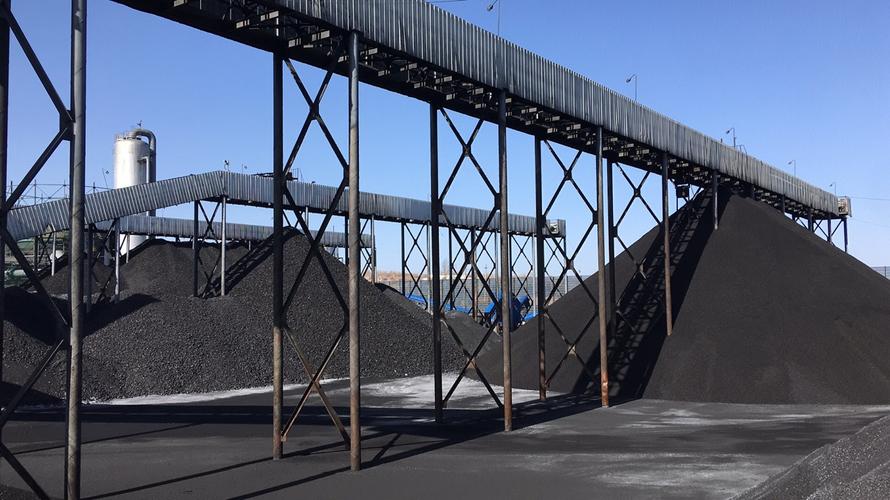**”Fossil Fuel Firepower: The Ancient Energy Within Coal and Oil”**
(What Type Of Energy Is Stored In Coal And Oil)
Picture this: a dense forest from 300 million years ago. Towering trees and giant ferns sway under a steamy sun. Over time, these plants die, sink into swampy water, and get buried under layers of mud and rock. Fast-forward to today. We dig up their remains as coal. A similar story happens in ancient oceans, where tiny sea creatures die, settle on the seafloor, and transform into oil. These fuels are like buried treasure chests of energy. But what exactly is inside them?
Coal and oil store chemical energy. This energy comes from sunlight captured by plants and algae millions of years ago. Through photosynthesis, plants turn sunlight, water, and carbon dioxide into sugars. These sugars are packed with energy. When plants and organisms die, this energy doesn’t vanish. Instead, it gets locked away as they slowly turn into coal or oil under heat and pressure.
Think of it like a battery. A battery holds energy until you use it. Coal and oil work the same way. The energy stays trapped until we burn them. When coal burns, the chemical bonds in its carbon molecules break apart. This releases heat. The heat can boil water to make steam, spin turbines, or power engines. Oil works similarly. Refined into gasoline or diesel, it fuels cars, ships, and planes.
But why do these fuels pack so much energy? The answer lies in their carbon content. Over millions of years, dead plants and organisms lose oxygen and hydrogen, leaving behind dense carbon-rich material. Carbon atoms bond tightly together. Breaking these bonds during combustion unleashes the stored energy. One kilogram of coal can power a lightbulb for days. A gallon of gasoline can move a car 25 miles.
Coal and oil aren’t identical. Coal forms mostly from land plants. It’s like a rocky, carbon-heavy sponge. Oil comes from marine plankton and algae. It’s a liquid mix of hydrocarbons—molecules built from hydrogen and carbon. Both store energy, but oil is easier to transport. You can pump it through pipes or pour it into tanks. Coal needs to be mined, crushed, and often shipped in bulk.
The energy in these fuels shaped human history. Coal powered the steam engines of the Industrial Revolution. Factories boomed. Trains crossed continents. Oil lit lamps before electricity, then fueled the rise of cars and airplanes. Today, they still supply over 80% of the world’s energy.
There’s a catch. Burning coal and oil releases carbon dioxide. This gas traps heat in the atmosphere. Ancient sunlight stored as chemical energy now warms the planet. Scientists link this to rising temperatures, melting ice, and extreme weather.
(What Type Of Energy Is Stored In Coal And Oil)
The energy in coal and oil is a relic of Earth’s past. It’s potent, concentrated, and useful. But it’s also a reminder of how the planet’s history collides with modern life. Every time we flip a light switch or rev a car engine, we’re tapping into energy that’s older than dinosaurs. The challenge? Balancing this ancient power with the need to protect the future.
Inquiry us
if you want to want to know more, please feel free to contact us. (nanotrun@yahoo.com)




